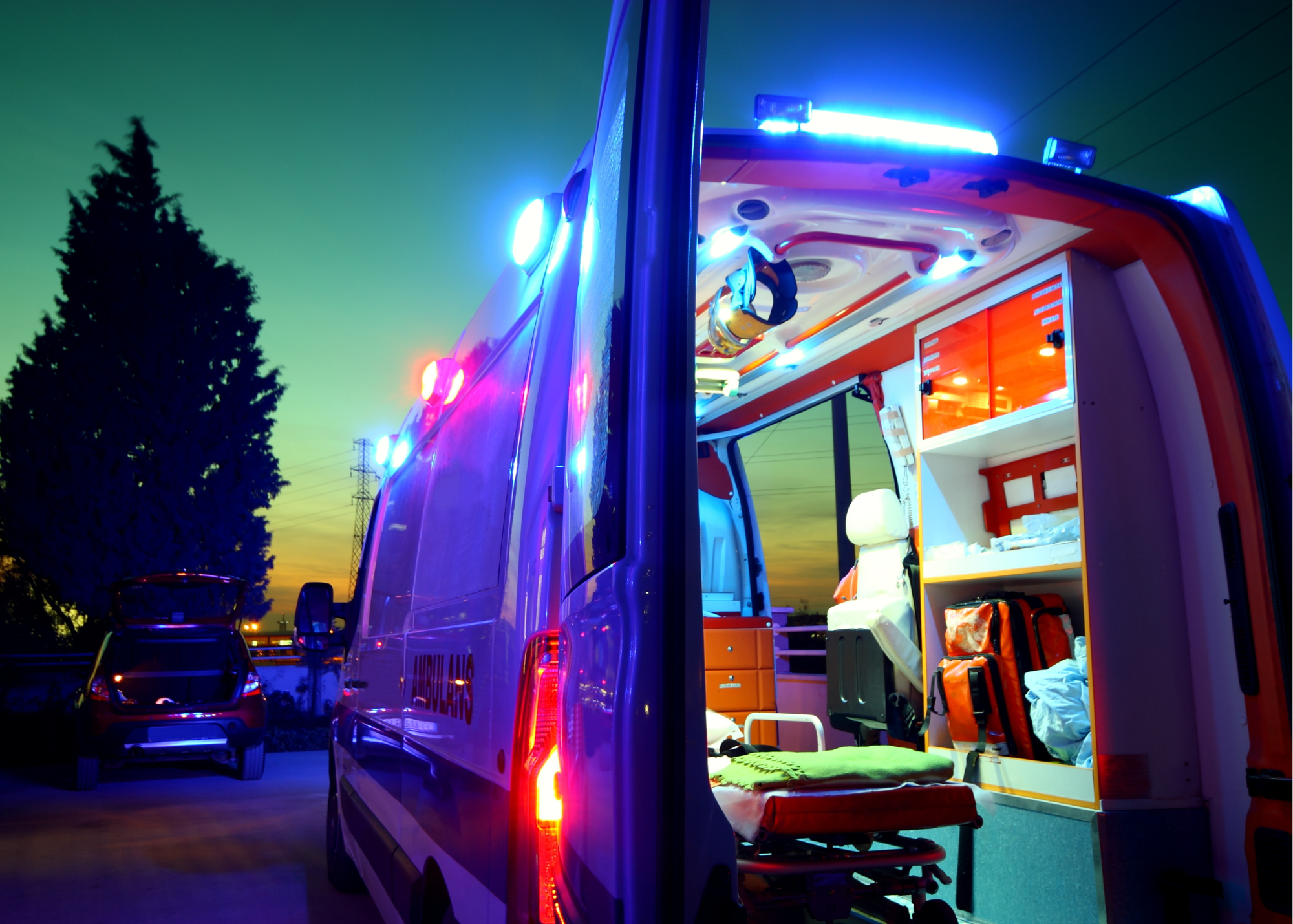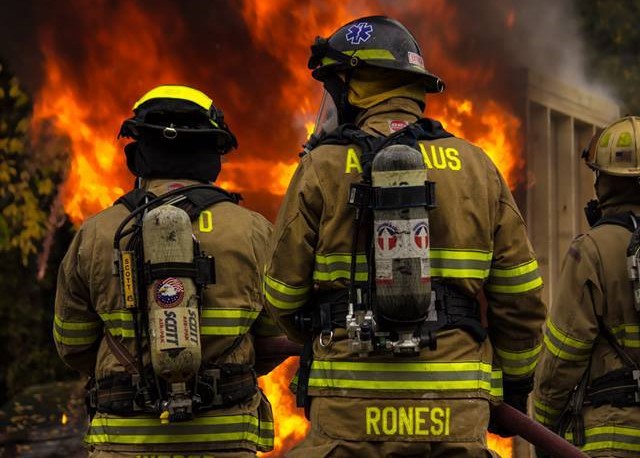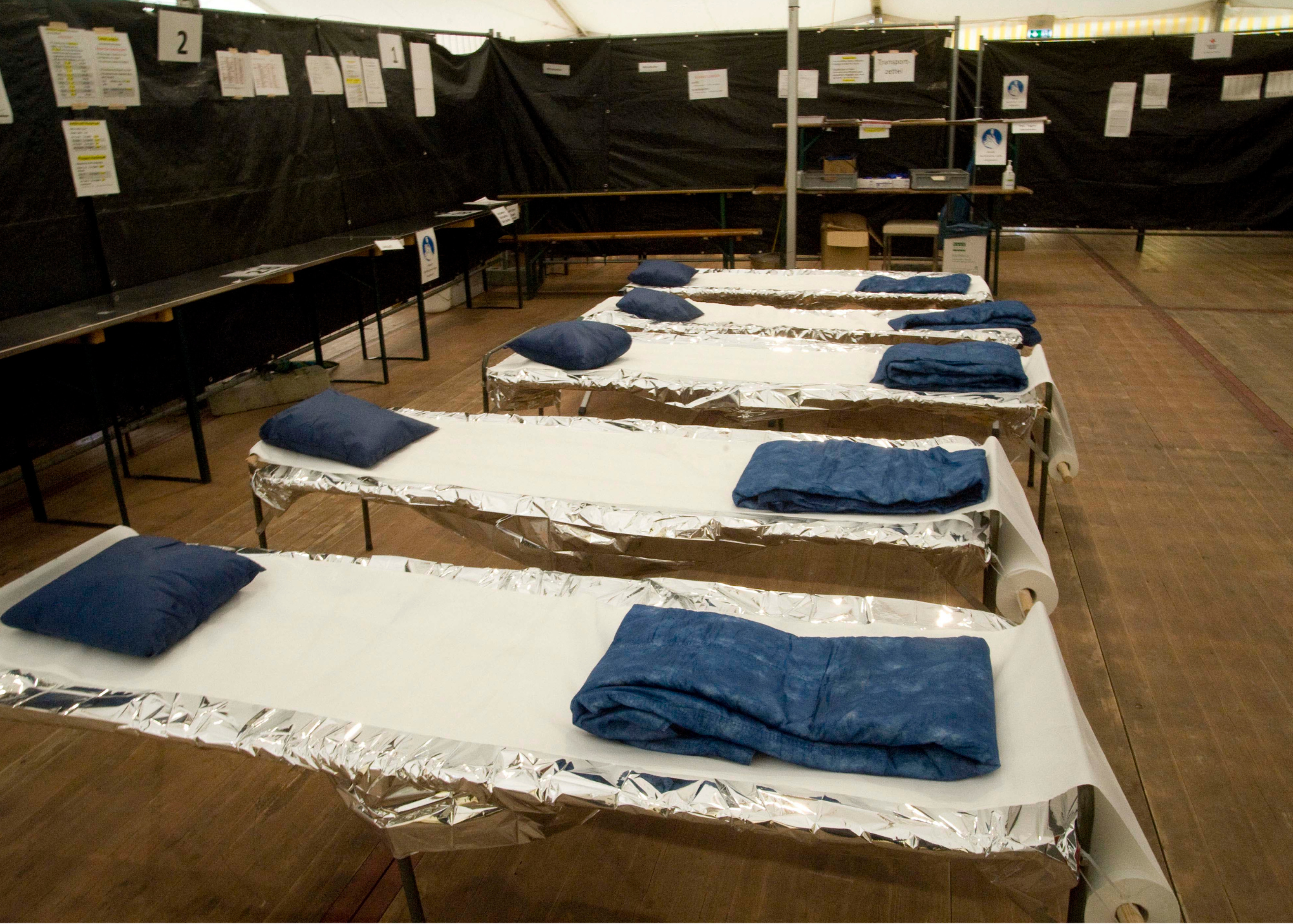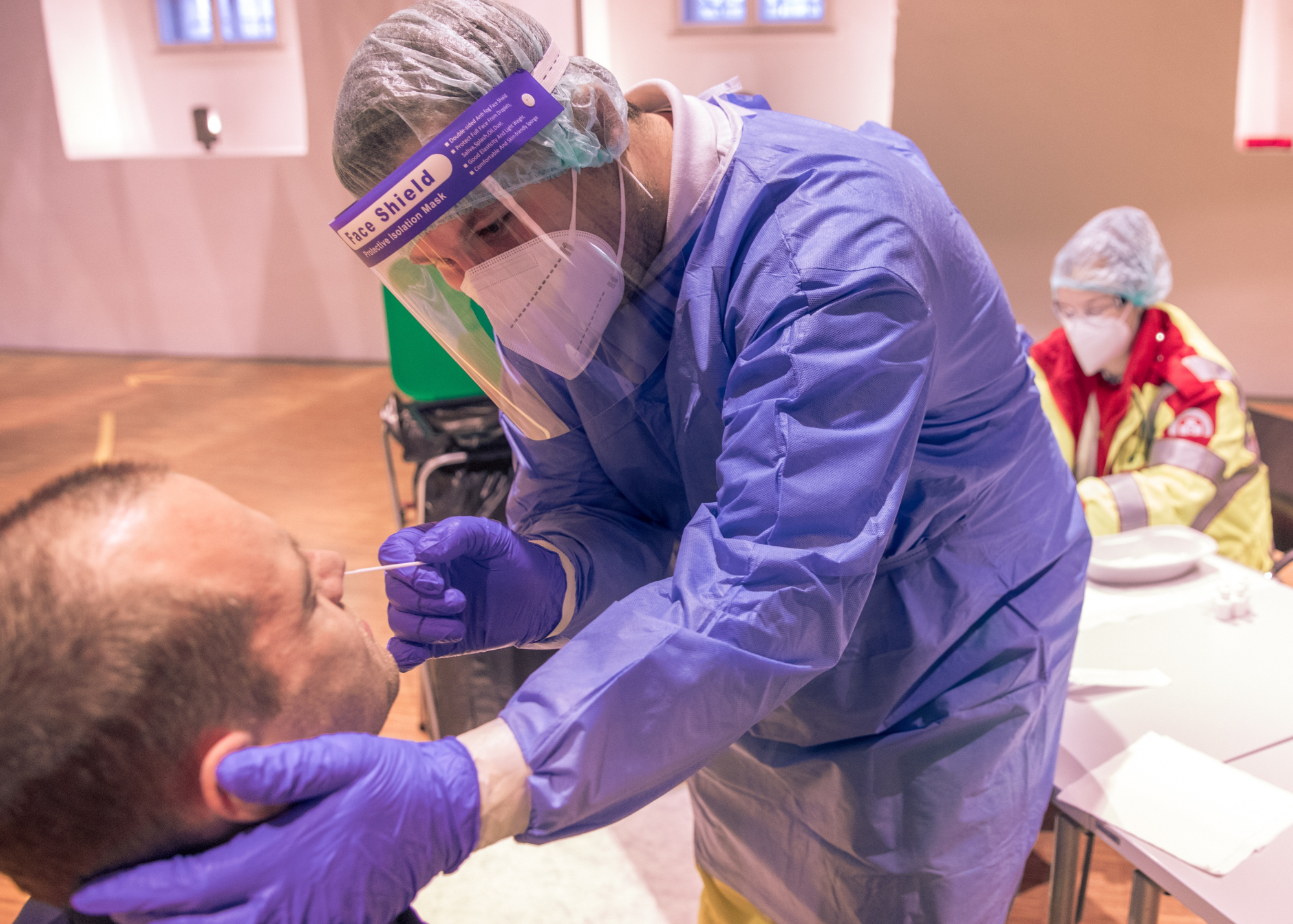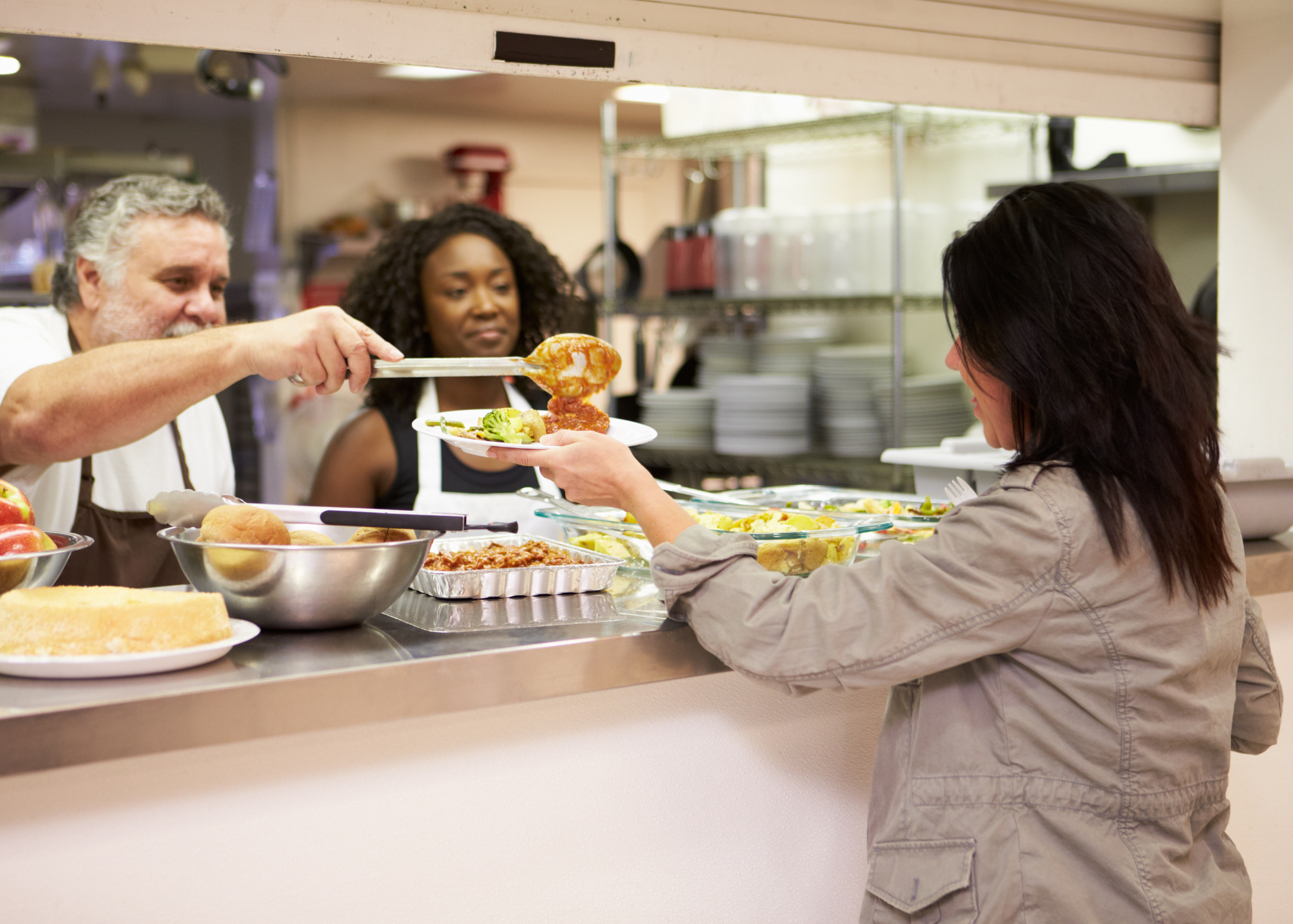The Schenectady County Office of Emergency Management has provided the following safety tips for residents to protect themselves, their families and their loved ones from freezing conditions. Fire hazards are greatly increased in the winter because alternate heating sources often are used without following proper safety precautions.
- If you go outdoors, wear dry, warm clothing and cover exposed skin. Keep fingertips, earlobes, and noses covered.
- Wear a hat, hood, or scarf, as most heat is lost through the head.
- Shivering is an important first sign that the body is losing heat. Shivering is a signal to return indoors.
- Drinking alcohol may make you think you feel warmer, but it actually increases your chances of hypothermia and frostbite.
- Follow your doctor’s advice about performing hard work in the cold if you have heart disease or high blood pressure. Cold weather puts an extra strain on the heart. Remember, your body is already working hard just to stay warm, so don’t overdo it.
- Workers in construction and utilities, and others who spend a lot of time outdoors are at risk for cold-related disorders. Employers should implement safe work practices, provide appropriate protective equipment, and train workers on health effects of cold weather, proper prevention techniques, and treatment of cold-related disorders.
Health problems resulting from prolonged exposure to cold include hypothermia, frostbite and exacerbation of chronic heart and lung conditions. If you suspect a person is suffering from frostbite or hypothermia, call 911 to get medical help. While waiting for assistance, help the person by getting them to a warm place if possible, removing any damp clothing and covering them with warm blankets. Recognize the signs and symptoms of hypothermia and frostbite:
- Hypothermia is a life-threatening condition where the body temperature is abnormally low. Symptoms can begin gradually and get worse without the person realizing how serious it is. Early symptoms include shivering, dizziness, trouble speaking and lack of coordination. Signs of moderate to severe hypothermia include sluggishness, drowsiness, unusual behavior, confusion, and shallow breathing.
- Frostbite is a serious injury to a body part frozen from exposure to the cold. It most often affects extremities like fingers and toes or exposed areas such as ears or parts of the face. Redness and pain may be the first warning of frostbite. Other symptoms include numbness or skin that appears pale, firm, or waxy.
- Prevent pipes from freezing by turning on cold water faucets slightly, preferably in a basement sink – running water will not freeze as quickly. Open cabinet doors to allow more heat to get to non-insulated pipes under a sink or appliance near an outer wall. If you plan to leave your residence, drain and shut off the water system (except indoor sprinkler systems).
If your pipes burst, make sure you and your family knows how to shut off the water. Stopping water flow minimizes damage to your home. Call a plumber and contact your insurance agent. Never try to thaw a pipe with an open flame or torch. Always be careful of the potential for electric shock in and around standing water.
If you should lose power, turn off or unplug lights and appliances to prevent a circuit overload when service is restored. Leave one light on to indicate power has been restored. Make sure fuel space heaters are used with proper ventilation. Keep refrigerator and freezer doors closed as much as possible to help reduce food spoilage.
Carbon monoxide poisoning is a silent, deadly killer claiming about 1,000 lives each year in the United States. Such common items as automotive exhaust, home heating systems and obstructed chimneys can produce the colorless, odorless gas. The gas can also be produced by poorly vented generators, kerosene heaters, gas grills and other items used for cooking and heating when used improperly during the winter months. Symptoms of carbon monoxide poisoning include sleepiness, headaches and dizziness. If you suspect carbon monoxide poisoning, ventilate the area and get to a hospital immediately.
When using a generator, never run it indoors. Deadly carbon monoxide gas from the generators exhaust can spread throughout enclosed spaces. Run generators outside, downwind of structures. Install a carbon monoxide detector. Keep children away from generators at all times.
When using a kerosene heater, follow the manufacturers’ instructions. Use only the correct fuel for your unit. Refuel outdoors only when the unit is cool. When using the heater, use fire safeguards and ventilate properly.
Stock up on emergency supplies, including flashlights, a portable, battery-operated radio, extra batteries, bottled water, non-perishable food, and a first aid kit.
Make sure your automobile is properly winterized. Keep the gas tank at least half-full. Keep the following items in your car: blankets, extra clothing, flashlight, spare batteries, windshield scraper, shovel, towrope, and jumper cables.

